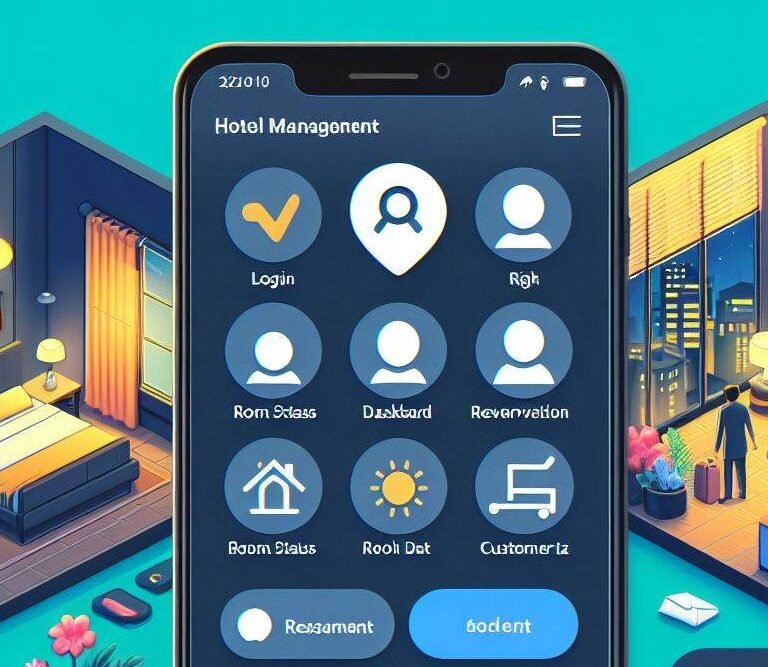How to Create a Desktop Entry for Android Studio in Ubuntu
Table of Contents
ToggleHow To Create a Desktop Entry for Android Studio in Ubuntu
Introduction
Android Studio stands as the cornerstone for Android app development, offering an integrated development environment (IDE) rich with features designed to streamline the creation process. For Ubuntu users, integrating Android Studio into the desktop environment enhances accessibility and efficiency. This article demystifies the process of creating a desktop entry for Android Studio in Ubuntu, ensuring a seamless workflow for developers.
Understanding Desktop Entries in Ubuntu
Desktop entries are shortcuts that allow users to launch applications from the Ubuntu desktop or application menu. They are stored as .desktop files within the system and contain essential information about how an application should be launched, its name, and the icon it uses.
Why Create a Desktop Entry for Android Studio?
- Quick Access: Launch Android Studio directly from your desktop or application menu.
- Efficiency: Saves time and simplifies the development workflow.
- Organization: Keeps your development tools neatly accessible.
Step-by-Step Guide to Creating Your Desktop Entry
Creating a desktop entry for Android Studio in Ubuntu involves a few straightforward steps. This guide assumes you have Android Studio installed in your system.
1. Locate the Android Studio Installation Directory
Firstly, identify where Android Studio is installed on your system. The default installation path is usually in your home directory, under android-studio/bin/.
2. Create the Desktop Entry File
- Open Terminal: Press
Ctrl + Alt + Tto open a terminal window. - Navigate to Desktop Directory: Use the command
cd ~/Desktopto go to your desktop directory. - Create the File: Execute
touch android-studio.desktopto create a new file.
3. Edit the Desktop Entry File
- Open the File in a Text Editor: Use a command like
gedit android-studio.desktopto open the file in Gedit, Ubuntu’s default text editor. - Add Entry Details: Copy and paste the following content into the editor:
[Desktop Entry]
Version=1.0
Type=Application
Name=Android Studio
Exec="/path/to/android-studio/bin/studio.sh" %f
Icon=/path/to/android-studio/bin/studio.png
Categories=Development;IDE;
Terminal=false
StartupNotify=true
StartupWMClass=android-studio
- Replace
"/path/to/android-studio/bin/studio.sh"with the actual path to yourstudio.shfile. - Replace
/path/to/android-studio/bin/studio.pngwith the path to the icon you wish to use for Android Studio.
4. Make the Desktop Entry Executable
After saving your .desktop file, return to the terminal and run the following command to make it executable:
chmod +x ~/Desktop/android-studio.desktop
5. Move the Desktop Entry
For the entry to be accessible from the application menu, move it to the .local/share/applications directory:
mv ~/Desktop/android-studio.desktop ~/.local/share/applications/
Verifying Your Setup
After moving the .desktop file, search for Android Studio in your application menu. If set up correctly, you should now be able to launch Android Studio from there.
FAQs
Can I create desktop entries for other applications?
Yes, you can follow a similar process for any application by adjusting the Exec and Icon paths in the desktop entry file.
Why isn’t my desktop entry working?
Ensure the paths to the studio.sh script and the icon are correct. Also, verify that the .desktop file is executable and located in the .local/share/applications directory.
How do I edit an existing desktop entry?
Navigate to the .local/share/applications directory, open the .desktop file in a text editor, make your changes, and save the file.
Conclusion
Creating a desktop entry for Android Studio in Ubuntu not only streamlines your development workflow but also integrates this powerful tool into your desktop environment for quick access. By following the simple steps outlined in this guide, you’ll enhance your development experience, allowing you to focus more on creating and less on navigating. This practical tip is just one of the many ways Ubuntu users can customize their environment to suit their development needs, proving once again the flexibility and user-friendly nature of Linux-based systems.
Happy coding, and may your development journey be as efficient and organized as your newly streamlined desktop!







